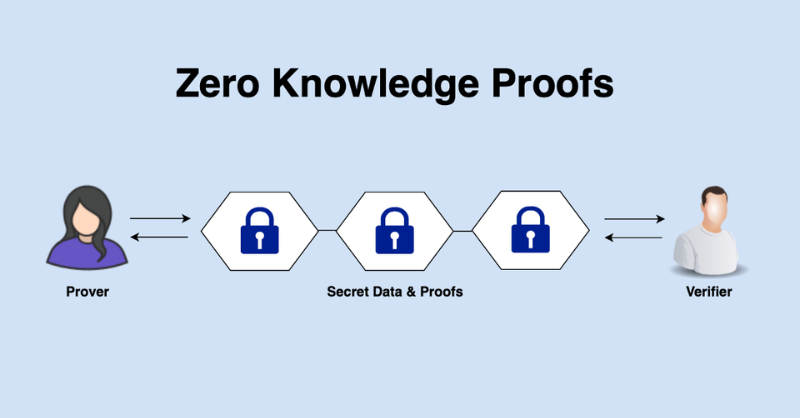
Are we heading toward a Bull Run?🐮
After the continued bear market of 2022, the investor sentiment is that the #crypto industry is entering the bull run in 2023.
In today's 🧵, we explore strategies that traders can make a profit from crypto trading in the bull market.
After the continued bear market of 2022, the investor sentiment is that the #crypto industry is entering the bull run in 2023.
In today's 🧵, we explore strategies that traders can make a profit from crypto trading in the bull market.
2/ Bull Run: The price of an asset generally increases, typically for several weeks or months. Traders expect prices to continue to rise & increase in value for the foreseeable future. 📈 This can be an exciting time for investors if they exit before prices start to decline.
3/ ➡️Dollar-cost averaging is a strategy that involves investing a fixed amount of money at regular intervals to benefit from market volatility & accumulate assets over time. It spreads out risk, allowing traders to benefit from the bull market without taking on too much risk.
4/ ➡️Momentum Trading:
This is a strategy that involves buying an asset that is trending upward and selling it when the trend reverses. 🔄 This is a risky strategy and requires a lot of practice to master.
#cryptotrading #tradingtips
This is a strategy that involves buying an asset that is trending upward and selling it when the trend reverses. 🔄 This is a risky strategy and requires a lot of practice to master.
#cryptotrading #tradingtips
5/ ➡️Swing trading is a strategy to capitalize on market volatility & diversify portfolios. Buy at lower prices & sell at higher prices during bull markets to reduce risk & benefit from the upward trend while limiting downside.
#SwingTrading #cryptoperpetuals
#SwingTrading #cryptoperpetuals
6/ ➡️Scalping can be effective in making profits as it involves taking advantage of small price movements & entering/exiting trades quickly to capture a few pips in profits. Success depends on understanding the nuances of technical analysis & knowing when to stay in/exit a trade.
7/ ➡️With the market continuing to grow, it is important to diversify 🌈 your investments across different digital assets to minimize risk. This will help traders better manage their investments and ensure that they are not overexposed to any particular asset.
#cryptotraders
#cryptotraders
8/ ➡️It is important for traders to take profits when trading in a bull market. While it may be tempting to continue to hold an asset in hopes of higher returns, they must remember that markets can turn at any moment. Set a target profit level & take profits 💰 when you reach it.
To learn about more trading concepts, head to GammaX Trading University - gammax.exchange/learning-rewar…
If you found this insightful, like/retweet 🔁 the first tweet; that’d be much appreciated! 🙏
If you found this insightful, like/retweet 🔁 the first tweet; that’d be much appreciated! 🙏
https://twitter.com/Gammax_Exchange/status/1635749254865248258?s=20
• • •
Missing some Tweet in this thread? You can try to
force a refresh






